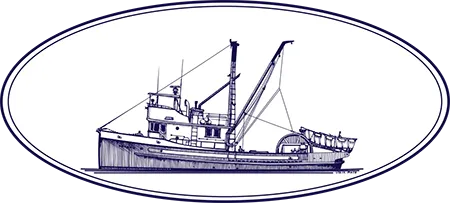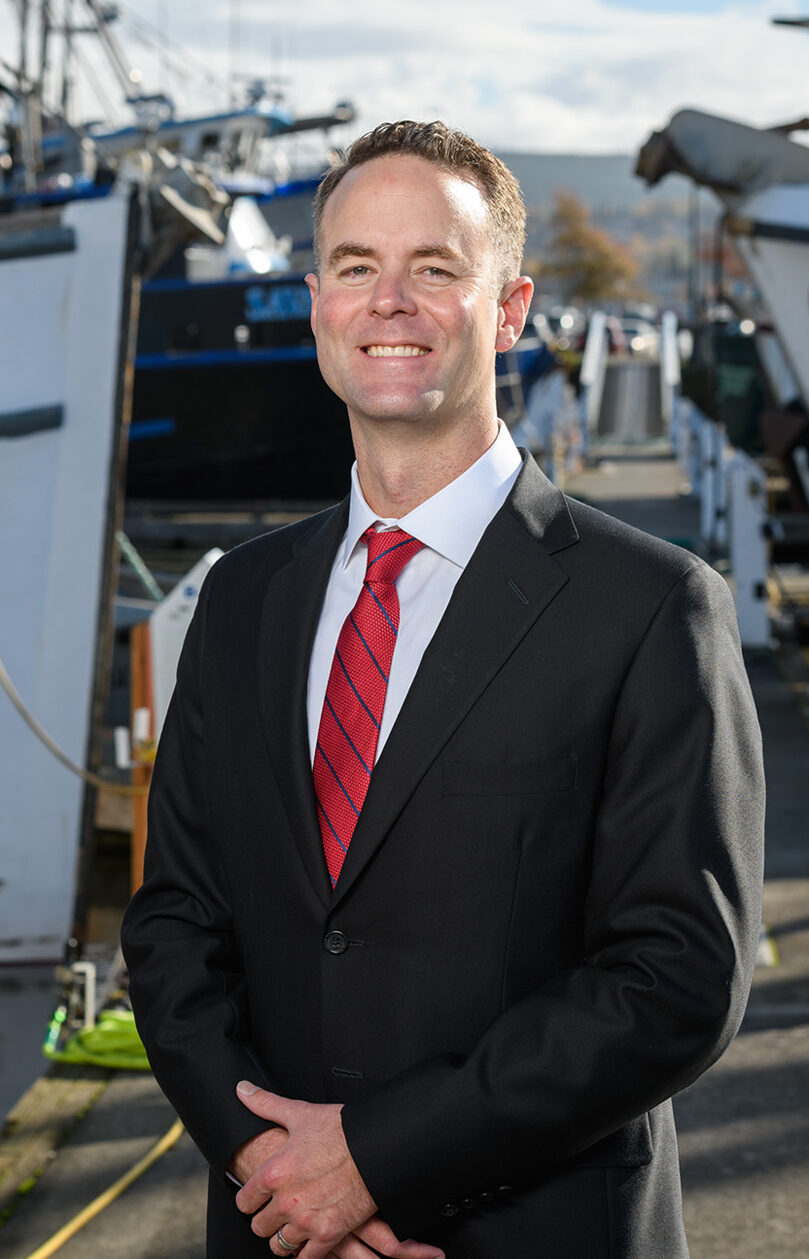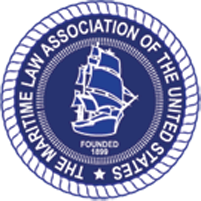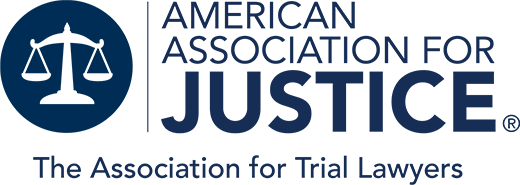Maritime Construction Worker Accidents
A maritime accident can deeply affect a construction worker’s life. Physical injuries can be severe, requiring long recovery times and possibly leading to permanent disability. Beyond the physical toll, the emotional and financial strain can overwhelm the victim and their family. Under federal law, construction worker victims have the right to seek compensation for their losses. A maritime injury lawyer can assist in this legal process, aiming for the highest possible compensation.
Below, we cover helpful information about maritime construction worker accidents, including their types and causes, legal options for victims, potential compensation, and how a maritime construction worker accident lawyer helps.
Maritime Construction Worker Accident Lawyer
Construction accidents can result in debilitating accidents, including permanent disability, crippling medical bills, and death. When construction accidents happen, it’s usually the employer who is responsible for providing financial compensation for employees to receive medical treatment.
The personal injury attorneys at BoatLaw, LLP are ready to fight aggressively for any injuries you may have experienced as a construction worker.
Call 1 (800) 262-8529 to secure an initial consultation.
Information Center
- About Maritime Construction Workers
- Types and Causes of Maritime Construction Worker Accidents
- Common Types of Victims
- Where Accidents Happen
- Potential Liable Parties for Maritime Construction Worker Accidents
- Legal Options for Maritime Construction Workers
- Potential Damages in Maritime Construction Worker Accident Cases
- Steps to Take Following a Construction Worker Accident
- Additional Resources
- Hire a Construction Accident Lawyer
About Maritime Construction Workers
A maritime construction worker is a specialized professional involved in building, repairing, and maintaining structures located on or near bodies of water. These structures include docks, piers, bridges, and offshore platforms used for various purposes such as shipping, oil extraction, and recreational activities. Working in the maritime construction field requires a unique set of skills and knowledge. This can include understanding tidal patterns, weather conditions, and the specific materials and techniques that are best in the marine setting. These construction workers often operate heavy machinery, work at heights, and perform their duties in all weather conditions, making safety a big concern.
Types and Causes of Maritime Construction Worker Accidents
Types of Maritime Construction Accidents:
- Falls from Heights: Such as from scaffolding or ships.
- Slips and Falls: On wet or uneven deck and dock surfaces.
- Machinery Accidents: Involving injuries or entrapment by heavy equipment.
- Lifting Injuries: Due to manual handling of heavy materials.
- Exposure to Harmful Substances: Risks faced by workers handling dangerous chemicals.
- Drowning: Occurs particularly when safety measures around water are insufficient.
Contributing Factors:
- Poorly Maintained Work Environments: Slippery surfaces or unstable structures increase fall risks.
- Lack of Training and Safety Protocols: Essential for safely handling complex machinery and hazardous materials.
- Fatigue and Overwork: Tired workers are more likely to make errors that lead to accidents.
- Equipment Failure: Often due to inadequate maintenance or aging machinery.
- Changing Weather Conditions: Rapid shifts in weather can create dangerous working conditions, especially in maritime settings.
Common Types of Victims
Victims tend to include welders, painters, crane operators, and general laborers. These individuals are directly involved in construction activities and are most exposed to the hazards of the job. Supervisors and inspectors, although not always directly involved in hands-on work, can also fall victim to accidents because of their presence in these hazardous environments. Additionally, dock workers and those involved in loading and unloading materials are at risk, especially when machinery or heavy lifting is involved.
Where Accidents Happen
In the states of Washington, California, Oregon, and Alaska, maritime construction worker accidents frequently occur in shipyards, docks, and harbors. These locations are hubs for construction activities related to ships and other maritime structures. The ports of Seattle and Tacoma in Washington, the San Francisco Bay Area in California, the ports of Portland and Astoria in Oregon, and the Port of Anchorage in Alaska are notable areas where accidents are common. These areas are busy with maritime construction activities, making them prone to accidents involving construction workers.
Potential Liable Parties for Maritime Construction Worker Accidents
When a maritime construction worker gets hurt on the job, figuring out who is responsible can be complicated. First, the company that owns the ship or construction site might be at fault, especially if they didn’t keep the place safe or provide the right equipment. Then there’s the possibility that the equipment manufacturers are to blame, especially if a tool or machine was faulty and caused the accident. Sometimes, even other companies working on the same project could be responsible if their actions led to unsafe conditions. In some cases, the crew or other workers might not follow safety protocols, contributing to an accident. Each of these parties could be liable because they have a duty to ensure the workplace is safe and to prevent accidents through proper maintenance, safe practices, and providing correct safety equipment.
Legal Options for Maritime Construction Workers
If a maritime construction worker decides to sue after an accident, they might look at a couple of different legal claims. Under the Jones Act, if the accident happened because of negligence by the employer, the worker could file a lawsuit. Negligence means the employer didn’t do enough to prevent the accident, like not training the crew properly. Unseaworthiness refers to the ship being unsafe for its intended use, which could be due to poor maintenance or design flaws.
For injuries that don’t fall under the Jones Act, the worker might still have options. They could file a general maritime law claim against parties other than their employer or the ship’s owner. This includes situations where someone else’s actions or a faulty product caused the injury. These lawsuits rely on proving that someone had a duty to keep the worker safe and failed, leading to the accident. It’s all about showing who was responsible for what went wrong.
Potential Damages in Maritime Construction Worker Accident Cases
When it comes to accidents involving maritime construction workers, there are several ways they can seek damages, depending on the circumstances of their injury. Under the Jones Act, maritime workers can claim damages for negligence on their employer’s part. These damages notably include compensation for past and future lost wages, medical expenses for treatment related to the injury, and pain and suffering caused by the injuries. –
In cases of unseaworthiness, workers may receive compensation for injuries caused by unsafe conditions aboard a vessel, which similarly covers a range of economic and non-economic losses. In the tragic event of a worker’s death, wrongful death claims under the Jones Act and general maritime law allow families to recover damages for their loss, which can include support for dependents, funeral expenses, and loss of future earnings.
Maintenance and cure provisions guarantee compensation for medical costs and living expenses until a worker has medically improved, regardless of fault.
In general maritime personal injury cases against parties other than the victim’s employer, such as equipment manufacturers or other third parties, the scope of damages is similar to that of personal injury claims on land. Victims can pursue compensation for medical bills, lost income, loss of earning capacity, and pain and suffering.
The Longshore and Harbor Workers’ Compensation Act (LHWCA) offers another layer of protection, targeting employees not covered by the Jones Act, such as dock workers or those involved in ship repair and building. Eligibility for LHWCA benefits extends to those engaged in maritime work but not serving as crew members on vessels. For those covered by the Longshore and Harbor Workers’ Compensation Act (LHWCA), compensation includes medical benefits, compensation for lost wages due to temporary or permanent disability, and vocational rehabilitation for injured workers. The LHWCA also provides for survivor benefits in cases of fatal accidents, ensuring financial support for the deceased worker’s family.
For Jones Act negligence claims, victims have a three-year window from the date of the injury to file a lawsuit. Similarly, claims related to general maritime law, particularly for unseaworthiness, must also be filed within three years of the injury. LHWCA claims have a one-year statute of limitations. It’s crucial for injured workers or their families to be aware of these deadlines to preserve their rights to compensation.
Steps to Take Following a Construction Worker Accident
- Seek Medical Attention: First and foremost, attend to any injuries by getting medical help immediately.
- Report the Accident: Notify your supervisor or the shipowner about the accident as soon as you can.
- Document the Scene: Take the time to document the accident scene and collect contact information from any witnesses.
- Keep Medical Records: Preserve all medical records and receipts connected to the injury. These documents are crucial for any potential legal claims.
Additional Resources
Center for Maritime Safety and Health Studies
The Center for Maritime Safety and Health Studies, managed by the National Institute for Occupational Safety and Health (NIOSH), focuses on improving the safety and health of maritime workers. It acts as a main point for researchers to collaborate on studies on mitigating the unique hazards faced by maritime industry workers. The center prioritizes research in areas with higher injury, illness, and fatality rates, like shipyards, fishing, and commercial diving, aiming to improve workplace safety across the maritime sector.
Maritime Construction Worker Safety Measures
This resource provided by the Occupational Safety and Health Administration (OSHA) addresses the safety and health challenges in the maritime industry. It covers the construction, repair, and scrapping of vessels, highlighting the risks of slips, trips, falls, hazardous chemicals, and more. OSHA offers guidance on implementing controls, procedures, and training to mitigate these hazards.
The Office of Safety, under the Maritime Administration, focuses on developing and overseeing maritime industry safety and compliance. It tries to promote best management practices, use of new safety technology, and national and international safety standards.
Hire a Construction Accident Lawyer
Contact us today to champion your cause and navigate the complexities of maritime claims, ensuring that your rights are fiercely protected and your future is secured.
Call 1 (800) 262-8529 to secure an initial consultation.
We litigate maritime cases across the country from our offices in Alaska, Washington, Oregon, and California. We handle cases that occur in the Pacific Ocean, Bering Sea, Coos Bay, The Columbia River, Grays Harbor, Port Angeles, Lake Tahoe, Dutch Harbor, and the Gulf of Alaska.
Do not settle for less than what your case is worth.














